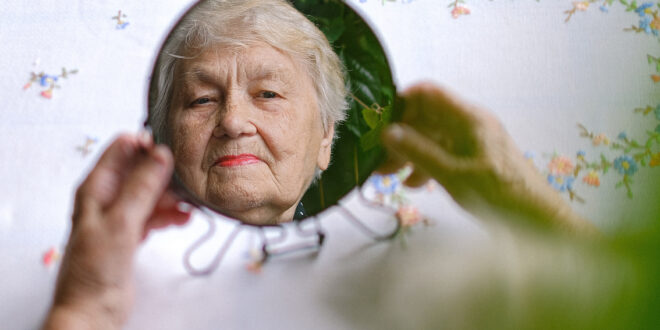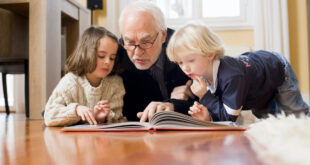Struggles with body image are usually considered to be in the domain of the young. Yet changing bodies and the way they are viewed by their owners (and others) is just as relevant to the ageing population. In fact, even more so, because the more we age, the more we move away from that perceived ‘perfect’ body type of slim, toned, and (particularly for men), muscular. What’s more, the way we view our bodies is linked to both physical and mental health, yet in terms of finding help with issues relating to the subject, there is far less written for older people, than there is for a younger generation.
While changes to an ageing body are accepted with a philosophical attitude by many, others find them difficult to cope with. And it’s no wonder. Our concept of attractiveness is forever being referenced in advertising and the media to a younger age group. On top of this, many older people feel disconnected to their bodies because their physical appearance doesn’t match the perceptions they have of themselves. While they may still feel ready for new challenges and adventure, dating, and even new jobs, their bodies (at least in their own minds) may not live up to these expectations. This also isn’t helped by age-based discrimination.
So, just what can we do to experience, in a positive way, the physical changes to our appearance as we grow older? The first is to learn about them so they don’t overwhelm us. Body change in older people includes a thickening torso (as fat moves towards this area more than others), a decline in muscle mass, and changes to the skin, including suppleness. Hair thins and usually turns grey. Some people also lose height. While it can all sound a little daunting, being prepared for these changes means we are more ready to accept them as ‘normal’, and less likely to feel isolated and alone with them.
The way we dress can help with our body image – and there are two ways to go, depending on personal preference. We can throw ‘caution’ to the wind, and continue to dress as we always have because we enjoy familiarity and refuse to be ‘locked in’ to a particular image. Or we can embrace a new style of dress which allows for the changes in our bodies (if this encourages us to feel good about ourselves). We can even take the big step of (at long last) consulting a personal stylist because we’re grown up and know ‘we deserve it’.
We can choose to prioritise good health over what we perceive to be the ‘perfect’ body type. In other words, we can ditch the on-going diet we may have subjected ourselves to for decades, or the endless workouts, and instead, work towards a healthy eating and exercise regime that will help us see out the coming decades with vigour and strength. Once again, why not shout yourself a consultation with a dietician or gym instructor to help you do just this?
Another helpful way to adjust to a change in appearance, is to set yourself new, achievable physical goals. That’s because our view of our body is directly linked to what we can do with it. If you continue to imagine yourself running a half marathon in record breaking time, you may be disappointed. If you switch to a 10km run or a half marathon walk, you’ll be able to enjoy the realistic challenge of attaining a new ‘best time’. With success will come a feeling of appreciation for your body, rather than disappointment.
Finally, perhaps it’s time to stop gazing at magazines focusing on younger people, and instead, head to glossies that depict older men and women. While we might not all look like the models on the pages, they’ll certainly provide us with plenty of inspiration!










Join the Discussion
Type out your comment here:
You must be logged in to post a comment.